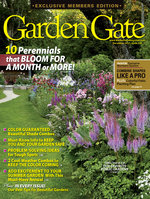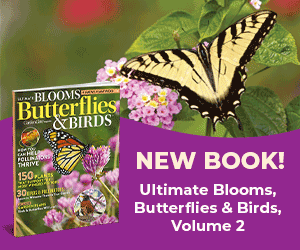Sometimes our gardens can feel like silent seas of green with no pops of vibrant color. If you want to liven up your outdoor space, there’s no better way than to welcome in some beloved bluebirds. These stunning creatures not only bring a touch of elegance to any backyard, but they also provide endless entertainment with their graceful flight and melodic songs.
In this article, we will introduce you to three types of bluebirds you can invite into your garden and share some expert tips on creating a welcoming environment that will have them flocking to your feeder in no time. So, grab your binoculars and prepare to embark on a bluebird adventure right in your backyard!
What Are Bluebirds?
Bluebirds are a vibrant and beautiful addition to any garden. Their cheerful presence and melodious songs can bring joy to both the eyes and ears. If you’re looking to attract these captivating creatures to your garden, here are three types of bluebirds you should know about, along with tips on welcoming them into your outdoor space.
Eastern Bluebird
The Eastern Bluebird is one of the most common bluebirds found in North America. To attract them to your garden, you’ll need to provide a suitable habitat. Start by installing a bluebird house or nest box. These should be placed in open areas with low or no vegetation. Make sure to mount them on metal poles to deter predators. Offering mealworms, suet, and berries as food sources will also entice them to visit your garden.
Mountain Bluebird
As the name suggests, the Mountain Bluebird thrives in mountainous regions across North America. To invite these blue birds into your garden, create an open space with short grass and a few trees. They prefer nesting in cavities, so consider installing a nest box with a 1.5-inch entrance hole. Fill the box with wood shavings and locate it in an area with good visibility. Providing live mealworms and small fruits like elderberries will make your garden irresistible to Mountain Bluebirds.
Indigo Bunting
The Indigo Bunting is a small, vibrant blue bird with a distinctive song. To attract them, create a diverse garden with a mix of open areas and dense shrubs. They prefer to nest in shrubs and thickets, so make sure to include these in your landscape. Offering a variety of seeds, such as millet and sunflower seeds, will entice them to visit your garden regularly.
Remember, it’s essential to create a welcoming environment for bluebirds by providing suitable nesting locations, food sources, and protection from predators. Always ensure your garden is pesticide-free, as chemicals can harm these delicate creatures.
General Tips for Attracting Bluebirds to Your Garden
- Provide nesting boxes: Bluebirds are cavity-nesting birds and readily accept nest boxes. Install bluebird houses in your garden with appropriate entrance hole sizes to accommodate these gentle creatures. Make sure to place them at the right height (around 5-10 feet above the ground) and facing away from prevailing winds.
- Offer a varied diet: Bluebirds enjoy a diet consisting of insects, berries, and fruits. Plant native vegetation that attracts insects, such as native wildflowers, and consider adding blueberry bushes or fruit-bearing trees to your garden. You can also provide mealworms as a supplemental food source in a specialized bird feeder.
- Create open spaces: Bluebirds prefer open areas with short grass where they can hunt for insects. Keep a portion of your garden free from dense vegetation and maintain a manicured lawn to create suitable foraging grounds.
- Offer fresh water: A birdbath or shallow water feature can be a significant draw for bluebirds and other avian visitors. Ensure the water is clean and refreshed regularly.
- Avoid pesticides: Bluebirds are highly susceptible to pesticides. If you want them in your garden, opt for natural pest control methods and reduce or eliminate the use of harmful chemicals.
- Minimize nest predators: Install predator guards on your bluebird nest boxes to protect eggs and nestlings from threats like raccoons and snakes.
By following these tips, you’ll have a greater chance of attracting Eastern Bluebirds, Mountain Bluebirds, and Indigo Buntings to your garden. Enjoy the beauty and melodies they bring, and revel in the wonder of nature right in your own backyard.
Conclusion
Bluebirds are a delightful addition to any garden, bringing both visual beauty and enchanting melodies. By understanding the specific needs and preferences of different types of bluebirds, you can create a welcoming environment that will attract these stunning creatures to your outdoor space. Whether you’re looking to attract the Eastern Bluebird, the Mountain Bluebird, or the Indigo Bunting, the key is to provide suitable nesting locations, food sources, and protection from predators.
















